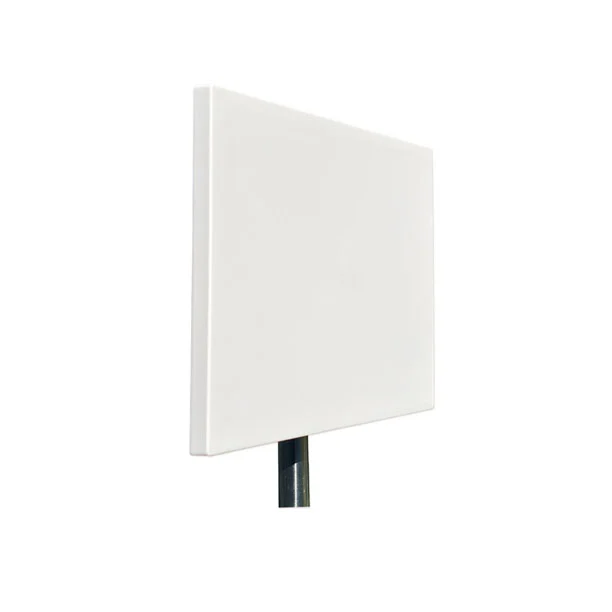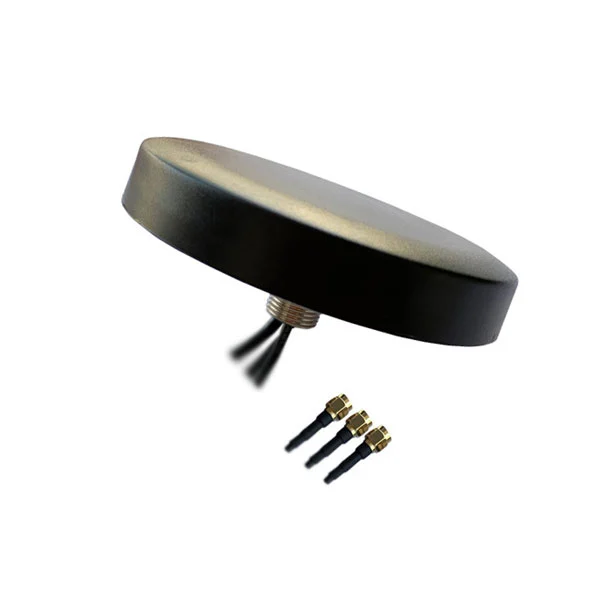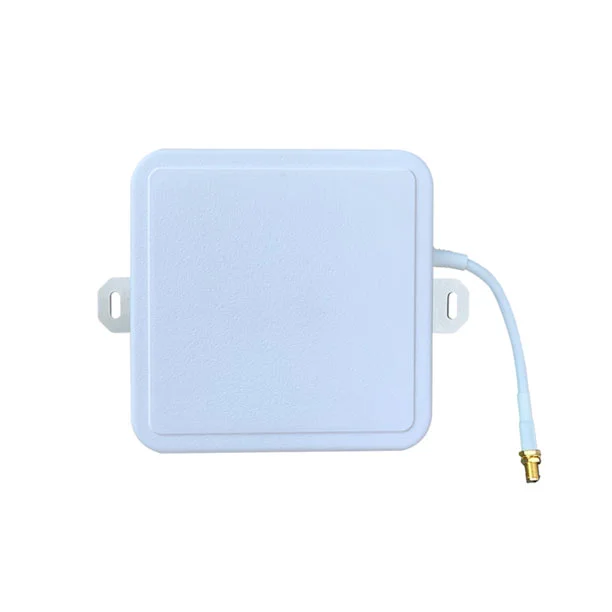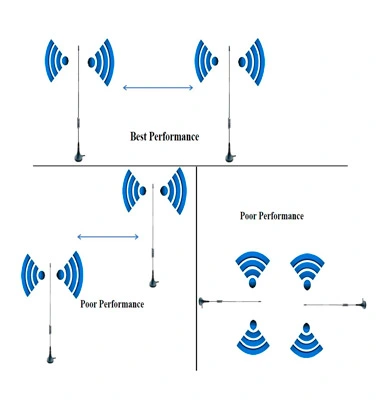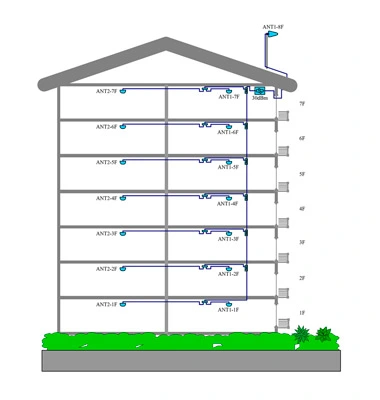A MIMO parabolic grid antenna can be a powerful tool for boosting your wireless signal, particularly in long-range applications like LoRa (Long Range Radio) and point-to-point wireless bridging. This comprehensive guide will delve into the world of MIMO parabolic grid antennas, covering their technical details, benefits, considerations, and setup tips.
What is a MIMO Parabolic Grid Antenna?
Imagine a powerful, focused beam of Wi-Fi or LoRa signal. That's essentially what a MIMO parabolic grid antenna does. It combines the focusing power of a parabolic dish with the signal diversity and improved throughput of Multiple-Input Multiple-Output (MIMO) technology.
The dish concentrates incoming signals towards two feedhorns positioned at the focal point. These feedhorns operate in separate polarizations (usually horizontal and vertical), allowing the antenna to transmit and receive two data streams simultaneously, doubling the effective data rate compared to a single-input single-output (SISO) antenna.
Technical Specifications:
Frequency Range: Can operate in various frequency bands depending on the model, including common LoRa bands like 868 MHz and 915 MHz, as well as Wi-Fi bands like 2.4 GHz and 5 GHz.
Gain: High gain, typically ranging from 15 dBi to 24 dBi or even higher, significantly amplifying signals over long distances.
Beamwidth: Narrow, focusing the signal in a specific direction for focused transmission and reception.
Impedance: Typically 50 Ohms, matching most wireless devices.
Connector Types: Depending on the model, common options include N-Type, SMA, and RP-SMA.
Benefits of Using a MIMO Parabolic Grid Antenna:
Increased Signal Strength and Range: Extend your wireless signal reach to remote locations and overcome weak signal areas.
Faster Data Rates: Enjoy significantly faster data transfer speeds in LoRa and other MIMO-compatible applications.
Improved Reliability: Reduced signal dropouts and more stable connections over long distances.
Directional Focus: Concentrates the signal in a specific direction, minimizing interference and boosting efficiency.
Multiple Device Support: Can be used with various LoRa modules, wireless bridges, and Wi-Fi access points.
Considerations Before Buying:
Line-of-Sight Requirement: Similar to a parabolic dish, it needs a clear line of sight to the other antenna or access point for optimal performance.
Frequency Compatibility: Ensure the antenna supports the specific frequency band you need for your application (e.g., LoRa band, Wi-Fi band).
Device Compatibility: Choose an antenna with the suitable connector type for your device.
Installation Skills: Some models may require basic technical knowledge for setup and alignment.
Legal Regulations: Certain antenna types might have local regulations, so check before purchasing.
Setting Up Your MIMO Parabolic Grid Antenna:
Identify the target location: Locate the other antenna or access point you want to communicate with.
Mount the antenna: Choose a stable and secure location with a clear line of sight to the target.
Connect the antenna: Attach the antenna cable to the device and the antenna using the proper connectors.
Align the antenna: Point the dish directly towards the target for maximum signal strength.
Fine-tune: Some models may allow fine-tuning the feedhorn positions for optimal performance.
By understanding the technical aspects, benefits, and considerations of MIMO parabolic grid antennas, you can make an informed decision and leverage their powerful signal-boosting capabilities for your LoRa, Wi-Fi bridging, or other long-range wireless applications. Remember, proper installation and alignment are crucial for optimal performance.

 English
English